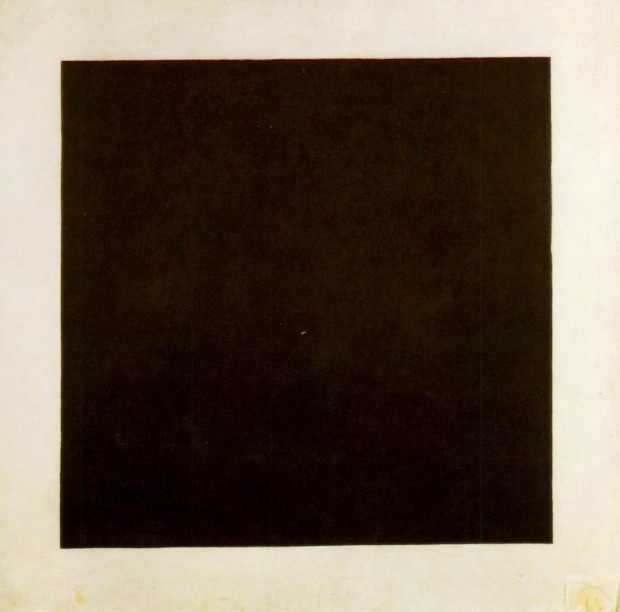See through the world

From the FT:
How do you stage an exhibition of a painter who, within a few years of launching his career, announced that “painting is long obsolete and the painter himself a prejudice of the past”? Since it opened, Tate Modern has sought to mount a Kazimir Malevich retrospective. No painter is a more significant influence on the 20th-century trajectory – abstraction, minimalism, conceptualism – that the gallery strives to define. At the same time, none is more elusive, mysterious, unpredictable or contradictory.
Dispensing with imagery, colour or composition, “Black Square”, now 99 years old, dismantled painting’s historic parameters. Malevich intended it as an avant-garde icon, superseding Russian Orthodox icons, and so it became. But this masterpiece is too fragile to leave Moscow, and many of the suprematist canvases launched with it – fiercely purist designs in black, white and unmixed primary colours that declared the end of pictorial representation – are little known in the west. In Russia, Malevich was not exhibited between his death in 1935 and 1988; only in the last two decades have his experiments and elaboration of what he called “the zero of form” been fully explored.
